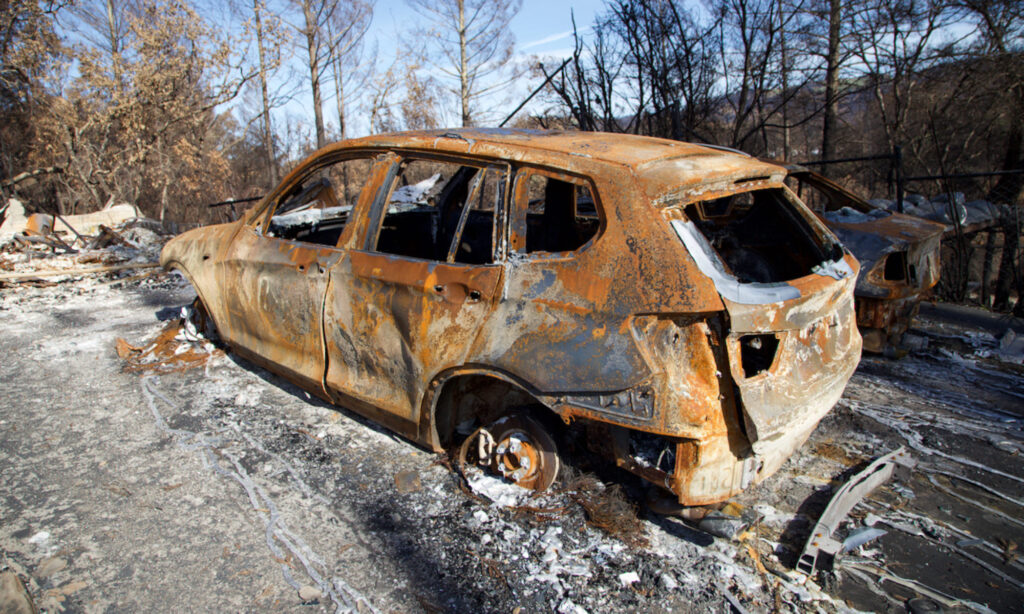
What went wrong in the 2017 North Bay fires
A review of thousands of 911 calls and dispatch recordings revealed major systemic problems with the state’s emergency response procedures, showing limitations of current evacuation procedures and the difficulties in notifying hundreds of thousands of people when disaster strikes.
While covering the firestorm we heard from people that they never received evacuation alerts. We wanted to understand the possible causes of the fires, how local governments reacted to the fires and how law enforcement issued evacuation orders. Working with a team I filed requests with local counties about their fire response.
While we waited for the requests to be filled, I also a led a team of reporters and researchers who dug into audio from dispatch channels throughout the Bay Area. I organized the audio files and built a shared database so staff could systematically record the incident types, times and addresses.
Early on, I worked with a reporter negotiate with Marin County to open a 911 call “reading room” because the county said they could not handle the volume of calls. When several counties initially refused the request because of privacy concerns, she worked with them to find a middle ground, and even suggested audio editing software so they could anonymize the calls. After Mendocino County consistently refused to fill the request, I worked closely with attorneys Rebecca Hopkins and Tom Burke. By February, KQED received either text or audio of more than 2,000 calls from all six counties.
I integrated the 911 calls into the dispatch database. Then I merged data from the calls and dispatchers with geospatial fire and evacuation data obtained from APIs and further record requests. Using that information from the calls and dispatch tape, Lagos, Sukey Lewis and I were able to prove that there were significant delays between Cal Fire requesting evacuations in Sonoma and Napa counties and evacuation orders being given to residents. We also used this data to create a graphic so that users could see where and when the fires were, along with when first responders called for evacuations and when those evacuation orders were actually issued, along with the number of deaths in those areas.
Through these data we were also able to show that:
- Electrical problems sucked resources and delayed emergency response: The fires started early; many were caused by downed power lines, which overwhelmed the electrical grid and lit new blazes. These electrical problems sucked firefighting resources to smaller blazes, leaving first responders short-staffed when the larger fires broke out later. The power issues also delayed fire crews, which had to wait for utility workers to power down live lines.
- Communication among first responders broke down: Inconsistencies in the technology and terminology used by different jurisdictions to tell people to evacuate caused confusion and delayed alerts to the public.
- 911 centers were overwhelmed: 911 operators were juggling dozens of calls at once and often unable to answer calls from people in danger. When fire victims did get through, dispatchers didn’t know what to tell them about the safest way to flee the flames.
This series was a finalist for the Peabody Award.
Impact
Several changes have been made since our series aired. The state is now working with utilities, including PG&E, to formalize a system to shut down the power grid in small areas during adverse weather conditions, such as the high winds during the night of the fires. California officials are also looking at ways to streamline the emergency alerts throughout the state. Currently, each county in California chooses how it sends out emergency alerts.
Some counties are also working to change how their agencies respond to disasters. More people are now empowered to order evacuations. The county is also updating emergency operations plans and considering whether to reorganize the emergency services division from the administrator to the sheriff.
In Napa County, officials are looking at how they can better communicate about evacuation plans with people who live in hazardous zones.